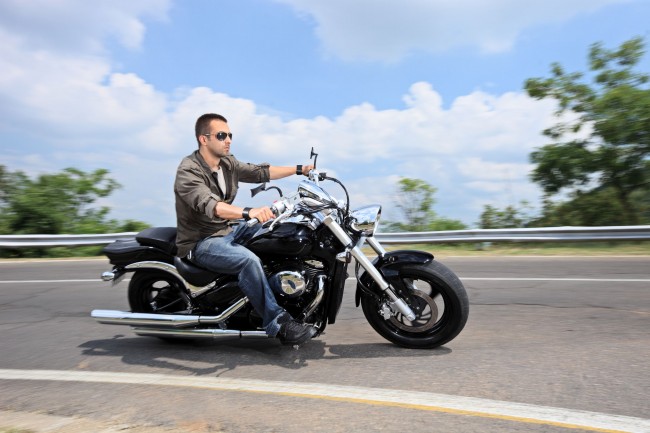Motorcycles, much like bears, don’t do well in the winter. Once the cold evenings of October set in, you know that your riding season is as good as done. And much like a bear taking precautions before hibernating, you need to prepare your motorcycle for the long riding hiatus during the cold winter.
Michael Bilokonsky of Fort Thomas, Kentucky, is the CEO and president of Whitehorse Freight. From an early age, he’s developed a passion for motorcycles, logistics, and trucking. He says that riders need to take motorcycle winterizing seriously. It’s not just about throwing a cover over the bike and hoping for the best. A thorough and detailed cleaning plan will keep your bike in good shape and get it roaring come spring.
Winter Cleaning
Nothing gets your motorcycle winterizing process to a good start better than a deep surface cleaning. You’re not cleaning it to show it off, but to store it away. Just think of all the dirt, stains, and squashed bugs sitting around on your paint for months on end and how that could eat into the paint and corrode the metal.
Once you’ve scrubbed away all the stains and rinsed off all the dust, dirt, and stains, you need to dry it off. Michael Bilokonsky always recommends using an electric leaf blower to make sure no water droplets get stuck somewhere and lead to erosion. To finish off the cleaning detail, give the metal frame a wax coating to insulate it from the damage of humidity and the elements.
Engine Protection
Even though you won’t be using the motorcycle for months, that’s no excuse for leaving old engine oil lying around and making it harder to start the bike when you go riding again. Oil has the same insulating protection for the engine’s internals as wax does for the outside surface. This is especially important if you have an exceptionally long winter that could go on for four or six months. And since you can’t see the insides of the engine, that makes them more susceptible to damage and rust. Fresh engine oil covers the cylinder walls and pistons and keeps them safe against the frigid and humid wind. You’ll need to take out the spark plugs and pump some engine oil in the holes to lubricate the internal parts. Rev the engine for a while to spread the oil, then replace the spark plugs.
Tires Prep
According to Michael Bilokonsky, stationary tires sitting in the same spot for months on end would ruin them and make it necessary to get new tires in the spring. The first thing you should do to protect the tires is to lift them off the ground. You could use motorcycle stands to keep both tires off the ground. If not, then at least raise the back of the motorcycle to protect the rear wheel. Absent either of those options, you’ll need to rotate the wheels every few weeks so that the bike doesn’t rest on the same spots for months.
Lube protection
As we have seen, the mortal enemy of your motorcycle in the winter is humidity. So far you have protected the body of the bike and the insides of the engine and safeguarded them against rust and corrosion. Now it’s time to turn your attention to all the moving parts like cables and chain drive. The rule of thumb is, if you usually lube it on normal days, then you need to lube it before you store the motorcycle, says Michael Bilokonsky. In addition, pay attention to the fork surfaces, controls, and all other pivot points that require lube protection against friction and erosion.
Battery Safety
No matter how top-notch your battery is, it will often self-discharge if left unused for a long time. When the battery is hooked to the bike, it will go flat even with the engine switched off. So, the smart way here is to simply remove the battery and store it away in a dry place. Some motorcyclists use a battery tender. It checks the battery status and keeps it charged without overcharging.
With your motorcycle now winter-ready, you can rest assured that it will be in pristine condition once spring comes around the corner and you get ready to go riding once again, says Michael Bilokonsky.




